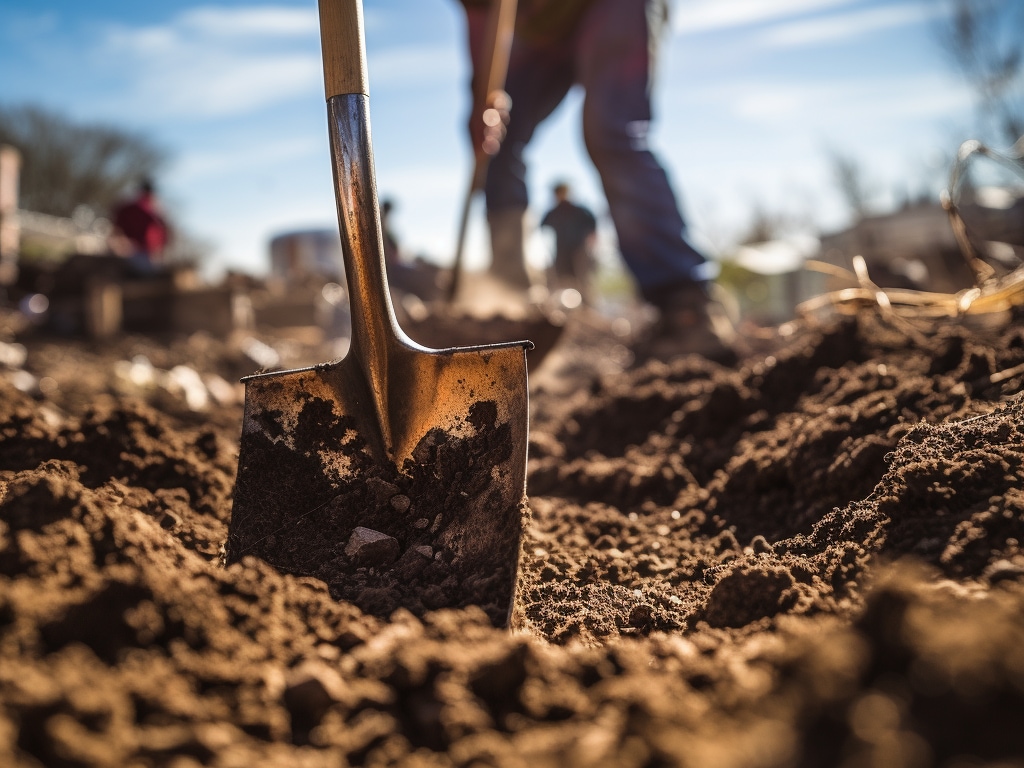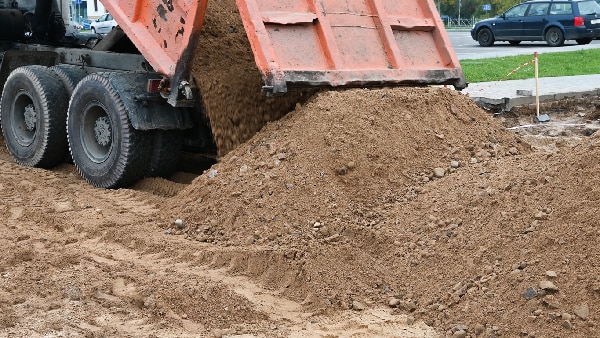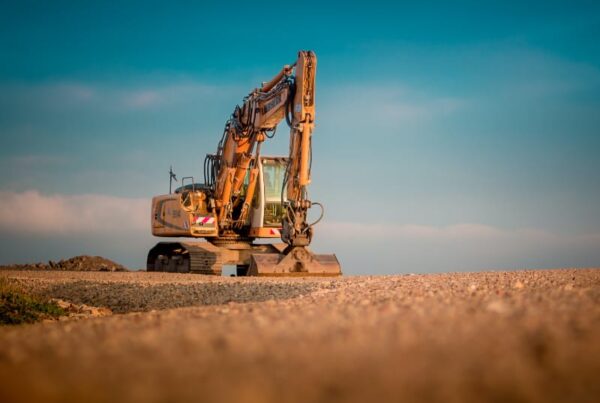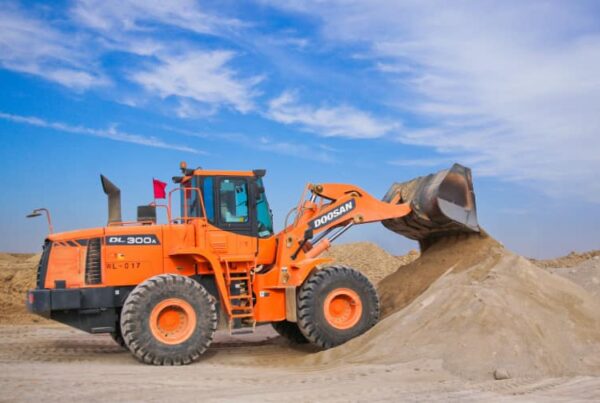Understanding Fill Dirt and Fill Sand in Big Construction Projects
In construction and landscaping, the materials used can make or break a project. Two such materials, often confused but distinctly different, are fill dirt and fill sand. Each serves a particular purposes, especially in large construction projects.
What Is Fill Dirt?
Fill dirt is a naturally occurring earth material that lies beneath the nutrient-rich topsoil layer. It’s typically a blend of soil, clay, and small rocks or gravel. This composition gives fill dirt its key characteristic: stability. Unlike topsoil, it lacks organic matter, which can decompose over time and cause settling or instability.
Uses of Fill Dirt in Large Construction Projects
- Foundation Support: In construction projects, fill dirt is used to create a stable and level base for foundations. Its compact nature helps in preventing settling and shifting of structures.
- Land Shaping: Fill dirt is essential for altering the landscape. It’s used to fill holes, level out land, or construct embankments, making it ideal for shaping the land according to the project’s design.
- Infrastructure Projects: For roads, highways, and railway embankments, fill dirt provides a solid foundation. It supports these structures, ensuring longevity and safety.
- Flood Control: Fill dirt is also used in creating levees and berms for flood control, offering a natural barrier against water intrusion.
What Is Fill Sand?
Fill sand, on the other hand, primarily consists of sand particles. It’s known for its excellent drainage properties, a result of the space between sand particles which allows water to pass through easily. This makes fill sand less stable than fill dirt but good for situations where water drainage is a priority.
Uses of Fill Sand in Large Construction Projects
- Drainage Systems: Fill sand is commonly used in constructing drainage systems. It’s an integral part of septic systems, drainage fields, and for managing surface water runoff.
- Backfilling: In construction, fill sand is used for backfilling around foundations and other structures where water drainage is crucial. It prevents water accumulation that can lead to structural damage.
- Concrete and Asphalt Production: Sand is a key ingredient in concrete and asphalt, making it essential in almost all construction projects, especially in paving roads and constructing buildings.
- Landscaping: In landscaping, fill sand is used for areas that require good drainage, such as around plants that prefer drier soil conditions.
Fill Dirt vs. Fill Sand: Choosing the Right Material
When to Choose Fill Dirt
- Foundational Support: For projects requiring a solid foundation, such as building structures, bridges, or roadways, fill dirt is the ideal choice. Its composition, which usually includes a mix of soil, clay, and small rocks, provides a compact and stable base that minimizes settling. This ensures the longevity and safety of structures.
- Elevation Adjustments: In projects where altering the landscape’s elevation is necessary, such as in the construction of embankments or leveling ground for building, fill dirt is essential. It can be compacted to create a firm, elevated surface that maintains its shape over time.
- Weight-Bearing Projects: For areas that need to bear significant weight, such as parking lots or industrial sites, fill dirt offers the necessary stability. Its density and ability to be compacted make it capable of supporting heavy loads without significant compression or shifting.
- Resistance to Erosion: Fill dirt’s composition makes it less prone to erosion compared to fill sand. This is particularly important in areas where wind and water erosion can be a concern, such as near bodies of water or in open, windy areas.
When to Choose Fill Sand
- Drainage Requirements: In areas where water accumulation is a concern, such as around buildings’ foundations, in gardens, or in fields used for agriculture, fill sand is the preferred material. Its particle size and composition allow water to drain through quickly, reducing the risk of waterlogging and associated structural or crop damage.
- Prevention of Water Damage: In regions prone to heavy rains or flooding, fill sand can be used to create barriers or to fill in areas to prevent water from stagnating. This is crucial for protecting structures from water damage and for controlling soil erosion.
- Underlying Layer for Paving: Fill sand is often used as a base layer under pavers, concrete, or asphalt. Its ability to compact yet drain makes it an ideal substrate for these materials, providing a level surface that handles water effectively.
- Flexibility in Landscaping: Due to its excellent drainage properties, fill sand is a popular choice in landscaping projects, especially for plants that require well-drained soil conditions. It can also be used in creating water features, such as ponds or streams, where water movement and drainage are key.
Balancing Stability and Drainage
In some construction scenarios, a combination of both fill dirt and fill sand may be required. This is particularly true in projects where both stability and drainage are crucial. For example, a layer of fill dirt can be used for creating a stable base, topped with a layer of fill sand to facilitate drainage. This combination approach can offer the benefits of both materials while mitigating their individual limitations.
Want to know more about your rock quarry options in Southern California?
Call Lynx Cat Mountain Quarry for a free quote or to find out more about our products.




